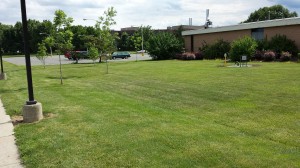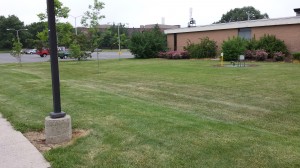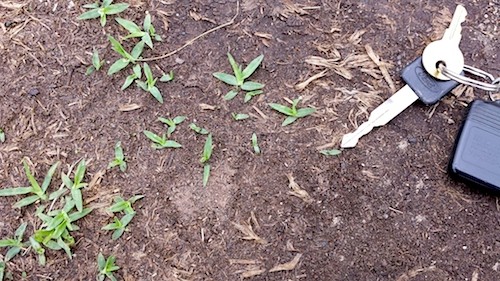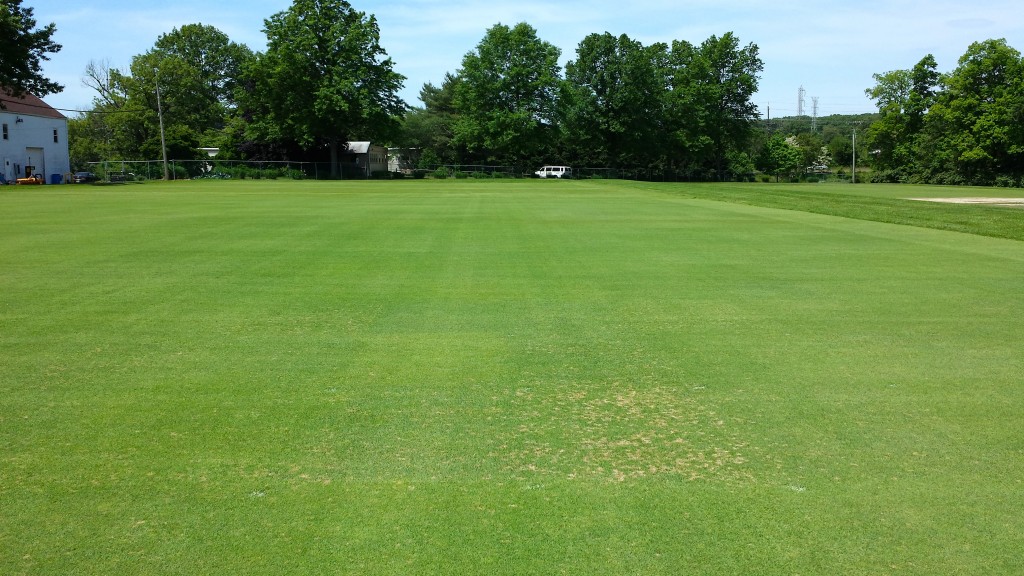If the 10-day forecasts are correct, the winter thaw we’ve all been waiting for is about to begin this weekend.

Winter thaw: the most common time “nonpoint” or “runoff” phosphorus pollution enters lakes and streams.
As managers of landscapes, we need to keep in mind that:
- Sediment is the primary source of phosphorus (large quantities of phosphorus are attached to sediment)
- Most phosphorus runoff from turfgrass comes during winter
- Improving soil quality is one of the most effective way to reduce nutrient losses from urban areas
- Dense ground cover is good for the urban environment





